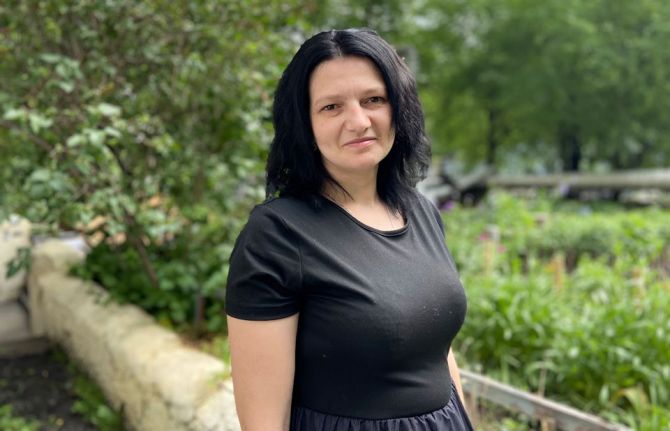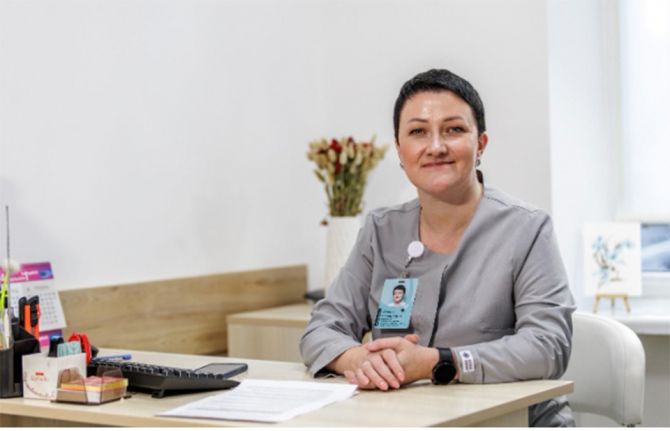
Feature Story
Investing in harm reduction––sound economic sense
14 June 2013
14 June 2013 14 June 2013
Participants at the meeting Economics and financing of effective harm reduction strategies in the context of HIV held in Vilnius, Lithuania. Credit: UNAIDS
Spending money on harm reduction programmes for people who use drugs not only is a good investment but it also saves lives. This was the conclusion drawn at a meeting entitled Economics and financing of effective harm reduction strategies in the context of HIV which took place on the side-lines of the International Harm Reduction Conference held in Vilnius, Lithuania from 9-12 June.
Participants explored the challenges associated with addressing the HIV epidemic among people who use drugs, particularly in times of economic recession. It concluded that to do so would reap benefits not only for individuals but for the society as a whole.
People who use drugs are heavily affected by the HIV epidemic in Eastern Europe and Central Asia where HIV is often spread through sharing injecting equipment. Recently published research shows that 33% of HIV diagnoses in Eastern Europe are associated with injecting drug use and the number of AIDS-related deaths in the region rose by more than 20% between 2005 and 2011. According to the World Bank in Central Asia injecting drug use represents the greatest risk of HIV infection.
The chair of the meeting Aldo Lale-Demoz, from the United Nations Office on Drugs and Crime stressed that “wise investment can change the trajectories of current epidemics” and that “it is not simply a question of spending more but spending available resources better”. Mr Lale-Demos and his UN colleagues said they would be working more intensively with ministries to help explore ways of scaling up harm reduction services within existing budgets, such as working with community organisations to develop and implement cheaper and more effective programmes.
A considerable body of evidence emerging shows that delivering services—such as opioid substitution therapy and antiretroviral therapy—leads to significant savings in overall public health objectives and in a reduction in petty crime. It also results in safer environments and higher quality, longer lives. To not focus resources at harm reduction was seen as short-sighted and a false economy.
“People who use drugs do not live in a bubble, they are parents, children, friends, family and neighbours,” said UNAIDS Senior Advisor, Alison Crocket. “The social cost of their exclusion is significant and measures taken to reintegrate them back into society have far wider benefits.”
Drug users do not live in a bubble; they are parents, children, friends, family and neighbours. The social cost of their exclusion is significant and measures taken to draw them back into society have far wider benefits.
UNAIDS Senior Advisor Alison Crocket
A telling example of the benefits of opioid substitution therapy was provided by David Wilson from the World Bank. The cost of detaining people who use drugs in Malaysia is US$ 1 000 a year, double that needed for opioid substitution. However, detention centres have a drug relapse rate of 95% whereas the same rate for opioid substitution therapy is just 7%. Fewer than one in ten people in the Eastern Europe and Central Asia region have access to this proven service.
In 2009, UNAIDS, UNODC and WHO endorsed a comprehensive harm reduction package consisting of nine main actions. Needle and syringe programmes, opioid substitution therapy and antiretroviral therapy were identified as priorities. Other key elements include: HIV testing and counselling, condom programmes for people who use drugs and their sexual partners, prevention and treatment of sexually transmitted infections, tuberculosis and hepatitis, as well as focused information, education and communication materials.
Notable progress has been made, however, and country representatives were happy to share their experiences. For example, Moldova is increasing harm reduction programmes despite current economic austerity. Ukraine said they had seen a marked decrease in people who inject drugs due to a programme of opioid substitution therapy which they are hoping to extend to the prison population.
Participants accepted the economic case for investing in harm reduction and ensuring high-yield returns on that investment. Such commitment is critical to meet the global pledge, made in the 2011 United Nations General Assembly Political Declaration on HIV and AIDS, to halve the number of drug users who acquire the virus by 2015.
The meeting brought senior officials from Azerbaijan, Georgia, Moldova, Tajikistan and Ukraine, as well as Kyrgyzstan’s Minister of Finance, Hon Olga Lavrova together with senior experts from UNAIDS, the World Bank, the Global Fund to fight AIDS, Tuberculosis and Malaria, the World Health Organisation (WHO) and the UN Office on Drugs and Crime (UNODC) who collectively organised the event.
The main International Harm Reduction Conference was held in Vilnius from 9 to 12 June.
External links
External links
Publications
Publications
- HIV in the European Region: Using evidence to strengthen policy and programmes
Report by the London School of Hygiene & Tropical Medicine, the World Bank Group and WHO/Europe



